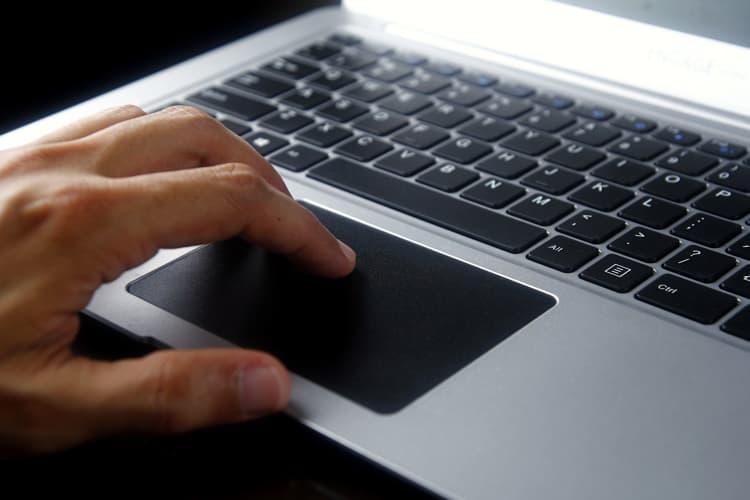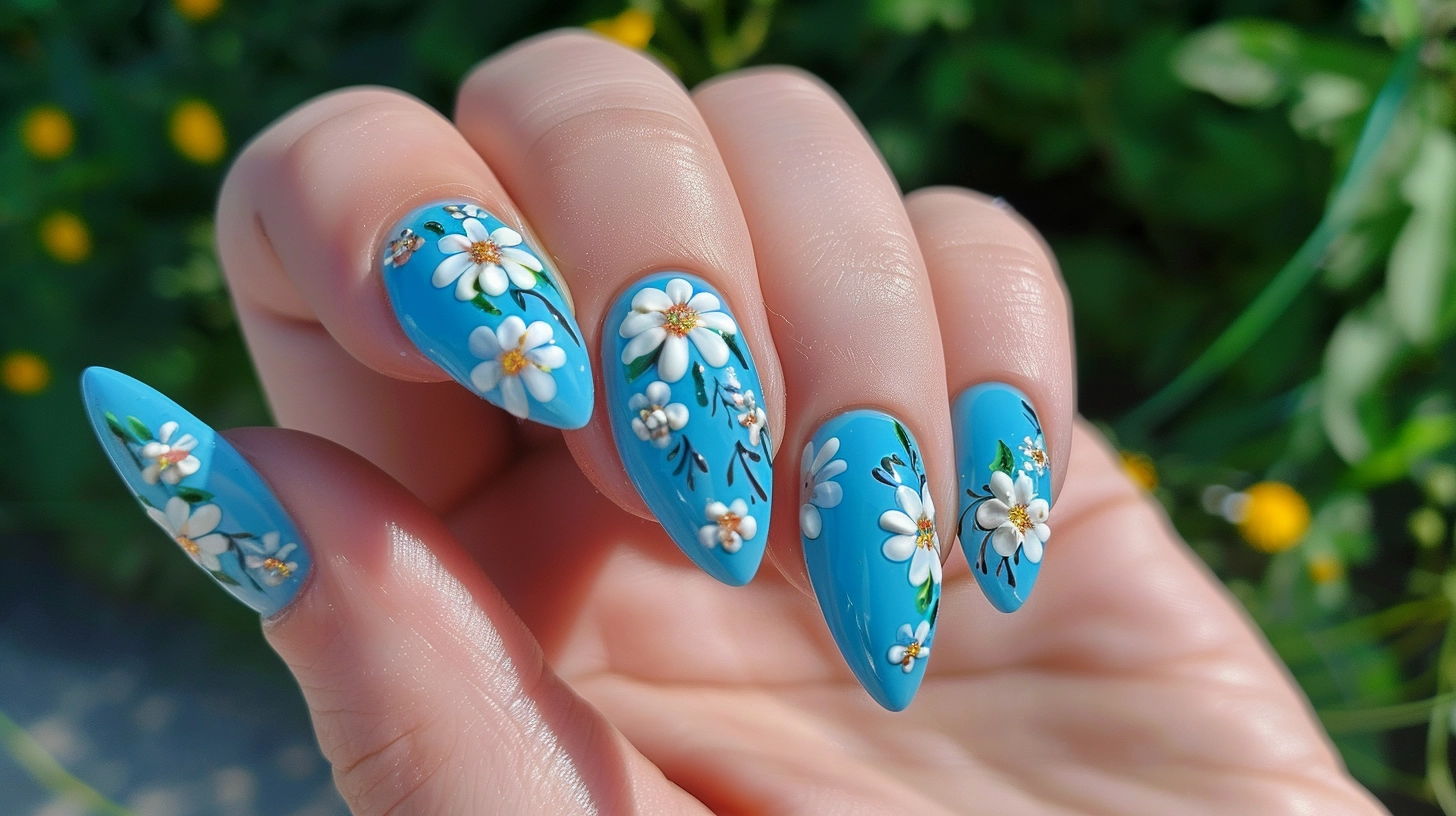If you have a Photoshop pro in your group, you know how madly they would be in love with their laptop. And for a Photoshop lover, their laptop is the ultimate tool for creating stunning graphics, editing photos, and bringing their creative vision to life.
But with so many options available in the market, it can be challenging to choose the right laptop that meets their needs.
So, if you’re thinking of giving them a laptop, this article is for you. Here, we’ll discuss the top 10 factors that you should consider when buying a laptop for a Photoshop lover.
1. Processor
The processor is the brain of your laptop, and it plays a crucial role in determining how fast your laptop runs Photoshop. When it comes to processors, there are two main manufacturers to consider: Intel and AMD. For running the photo editing app, you should look for a laptop with a processor that has at least four cores and a clock speed of 2.5 GHz or higher.
As a graphic designer or photographer, you may have come across the message “scratch disk is full” while using Photoshop. This message can be frustrating, especially when you have important work to complete.
However, this issue can be easily resolved by referring to this blog https://setapp.com/how-to/clear-scratch-disk-mac and clearing the scratch disk. In short, the more outdated your processor is, the more the chances are of these kinds of issues.
2. RAM
RAM (Random Access Memory) is another important factor to consider when choosing a laptop for editing purposes.
The more RAM your laptop has, the faster it can run the software. A minimum of 8GB of RAM is recommended for running Photoshop, but if you work with large files or use multiple applications simultaneously, you should consider a laptop with 16GB or 32GB of RAM.
3. Graphics Card
The graphics card, also known as the GPU (Graphics Processing Unit), is responsible for rendering the images you work on in the editing software. A good graphics card is essential for running the software smoothly.
Look for a laptop with a dedicated graphics card, preferably from Nvidia or AMD. A minimum of 2GB of VRAM is recommended, but if you work with 3D models or video editing, you should consider a laptop with a graphics card with more VRAM.
4. Storage
When it comes to storage, you have two options: Hard Disk Drive (HDD) and Solid State Drive (SSD). An SSD is much faster than an HDD and is recommended for running the editing software.
Look for a laptop with at least 256GB of SSD storage, but if you work with large files, you should consider a laptop with 512GB or 1TB of SSD storage.
5. Display
The display is the interface between you and your laptop, and it plays an important role in determining how accurately you can edit your images.
Look for a laptop with a high-resolution display, preferably with a resolution of 1920 x 1080 or higher.
A larger display is also recommended, especially if you work with multiple windows or panels in the software.
6. Battery Life
Battery life refers to the amount of time a laptop can run on a single charge before needing to be plugged in. It is an important factor to consider when buying a laptop, especially if you plan to use it for tasks that require high power consumption, such as running image editing software like Photoshop.
A laptop with a long battery life will allow you to work for extended periods of time without interruption, while a laptop with a short battery life may require frequent charging or limit your ability to work on-the-go.
7. Portability
Portability is the measure of a laptop’s convenience for travel and movement. It is an important factor to consider when buying a laptop, especially if you need to carry it around frequently.
A portable laptop is typically lightweight, compact, and easy to transport, which can make it more convenient to use on-the-go. Factors that affect portability include the size and weight of the laptop, the design and materials of the chassis, and the quality of the keyboard and trackpad.
8. Connectivity
The laptop should have a variety of ports, including USB, HDMI, and Ethernet, to connect to external devices and networks. It should also have Bluetooth and Wi-Fi capabilities for wireless connectivity.
The latest versions of these technologies offer faster and more reliable connections, so it’s important to consider the versions of these ports when purchasing a laptop. Additionally, consider if the laptop has an SD card reader for importing photos and videos from cameras.
9. Keyboard and Trackpad
A good keyboard should provide a comfortable typing experience and have keys that are easy to press. It should also have a backlight feature for working in dimly lit environments. The trackpad should be responsive and accurate, with smooth scrolling and multitouch gestures.
A larger trackpad is also better, as it provides more space for precise movements. Additionally, consider if the keyboard has a numeric keypad, as it can be useful for inputting values when working on Photoshop.
10. Price
While everyone wants to have the best laptop available, not everyone can afford it. It’s important to set a budget and find a laptop that fits within that budget. However, it’s also important to remember that a higher price tag doesn’t necessarily mean better performance. Sometimes, paying more can mean paying for extra features that aren’t necessary for your needs.
It’s important to do your research and find a laptop that provides the best value for your money. Don’t be tempted to overspend on features you won’t use, but also don’t skimp on quality just to save a few dollars.
Taking a Quick Recap
In a nutshell, choosing a laptop for Photoshop requires careful consideration of several technical specifications.
You need a laptop with a powerful processor, sufficient RAM, a dedicated graphics card, fast storage, and a high-resolution display.
By keeping these five factors in mind, you can find a laptop that meets your needs and helps you achieve your creative goals.







